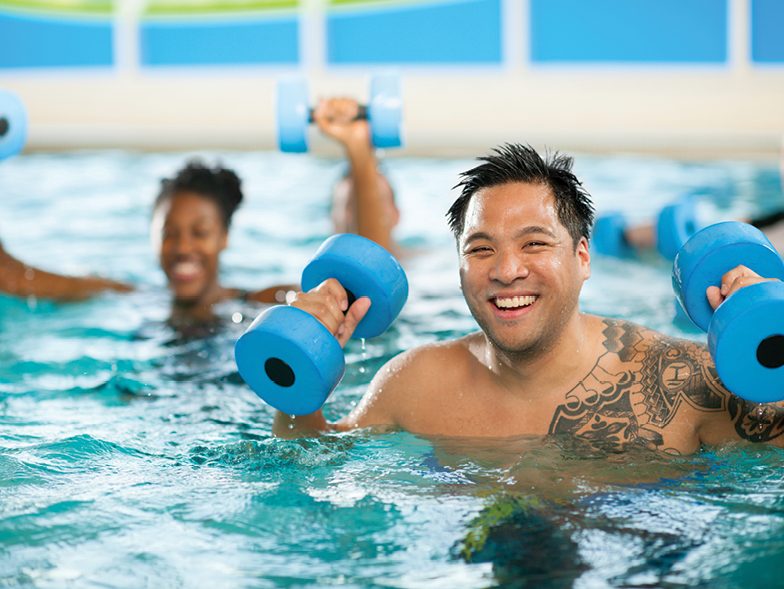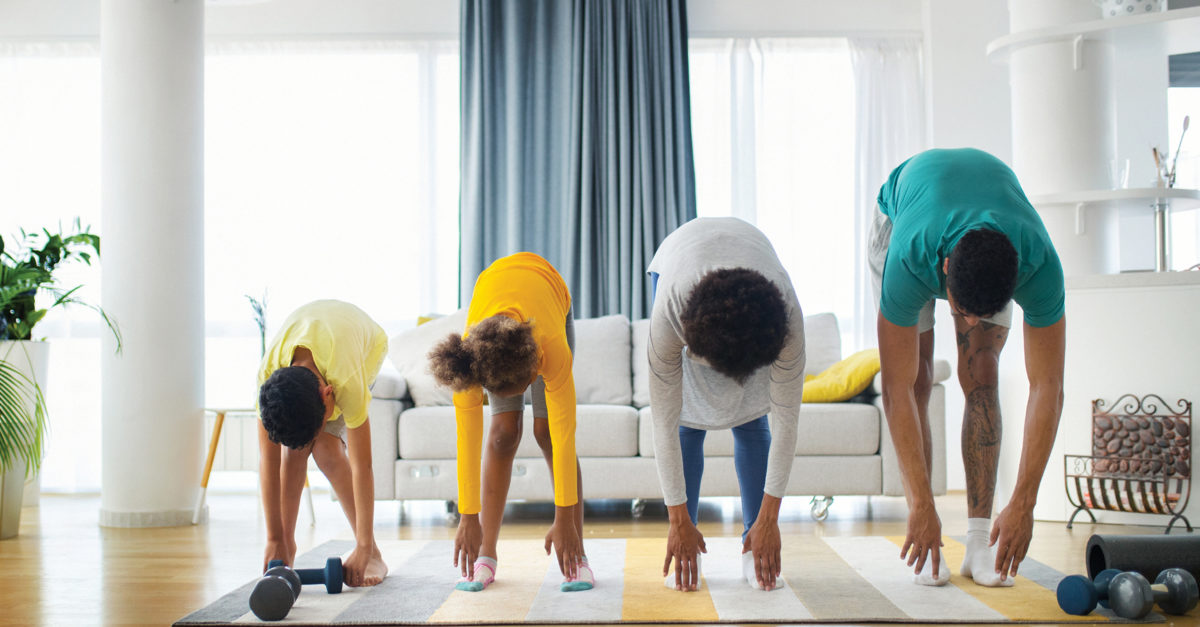6 Ways to Improve Joint Health
Your joints are vital to a healthy and active life, but when they cause pain, you might find it harder to enjoy everyday activities. The good news is that there are easy ways to protect and improve joint mobility so you can do things you love like taking a walk and dancing. Follow these tips to help maintain and even improve your joints.

Build muscle
Joints are complex structures composed of bones, cartilage, connective tissue, ligaments, and muscles, and they can be found where two or more bones meet. They allow you to perform movements, such as bending your back, elbows, and knees and manipulating your fingers and hips. Your muscles support and protect your joints, so if you boost your muscle strength, you can improve joint flexibility and lessen your chances of getting hurt. For example, squats and lunges can strengthen muscles and increase your hip joint’s range of motion. You may want to consult with a personal trainer before you begin any exercise regimen and avoid doing too much too soon to avoid injury.
Eat a healthy diet
Diet plays a significant role in joint health. Vegetables, especially leafy greens like kale and bok choy, have antioxidants that can reduce inflammation, lessen pain, and help your joints move smoothly. The omega-3 fatty acids in fish like salmon and mackerel can also lessen inflammation. Calcium, which you can get from dairy products and vegetables like broccoli, is also essential for joint strength. You can help your body absorb calcium by getting enough vitamin D, which you can get from the sun or in foods like salmon, eggs, and mushrooms. Since muscle strength affects joint function, get the protein you need to fortify your muscles by eating foods like beans, lean meats, nuts, and seafood. Refined carbohydrates, saturated fats, and sugar may contribute to inflammation, so limit your consumption of fatty meats, white bread, and desserts.

Focus on posture
Sitting and standing up straight looks better and is better for your joints. Keeping your back straight and in better alignment puts less wear and tear on your joints. In addition, pay attention to your posture when you lift and transport items. For example, when you carry a backpack, slip the straps over both shoulders so you won’t lean to one side. When lifting heavy objects, take some pressure off your back and let your leg and stomach muscles do some work by bending your knees and tightening your stomach.
Protect your joints
Try to keep your weight within a healthy range to relieve stress on your joints. Every pound you lose can eliminate about four pounds of pressure from your knees. When participating in vigorous sports or doing activities that require repetitive motions, such as kneeling and squatting, wear protective gear such as knee, elbow, and wrist pads to avoid long-term joint problems. If you get joint pain that doesn’t require immediate medical attention, reduce the pain and swelling by applying an ice pack wrapped in a cloth for no more than twenty minutes, and then remove the ice for at least thirty minutes before reapplying.

Stay active
You’ve heard the saying “Use it or lose it,” and it certainly applies to joint health. To keep your joints supple and mobile, move them frequently. Keep active throughout the day to ward off stiffness. If you work at a desk, get a standing one to benefit your core muscles, spine, and hips. Participate in hobbies that keep your joints in motion, such as swimming, playing the piano, or painting. Choose low-impact activities like walking instead of high-impact ones like jogging. Start new activities slowly at first to avoid overworking your joints.
Stretch often
Stretch your muscles at least two to three times a week to maintain a full range of motion. But be sure to warm up your muscles first, such as by taking a ten-minute walk. You can also use a foam roller to loosen your arm and leg muscles, but don’t use it on your lower back, knees, elbows, and ankles because you can easily injure them.
With a little TLC, you can move about more freely and with less pain. Always consult with a physician if you have any existing joint pain and before you begin any stretching or exercise regimen.









